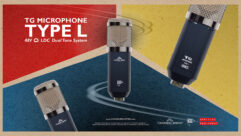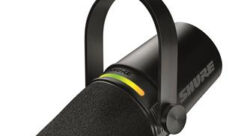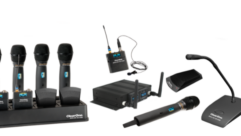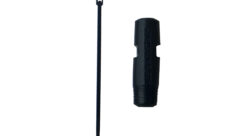 The spy movie industry really began to take a more prominent role in the 1950s and 1960s. In 1953, James Bond was created by writer Ian Fleming for several books and short stories. His character was later adapted into a movie franchise starting with 1962’s “Dr. No.” With the newest release of the James Bond movie, “No Time to Die,” Shure is looking back at that era and how microphones played an instrumental role in the real espionage game.
The spy movie industry really began to take a more prominent role in the 1950s and 1960s. In 1953, James Bond was created by writer Ian Fleming for several books and short stories. His character was later adapted into a movie franchise starting with 1962’s “Dr. No.” With the newest release of the James Bond movie, “No Time to Die,” Shure is looking back at that era and how microphones played an instrumental role in the real espionage game.
Here are 007 things to know:
- In the 1950s and 1960s, Shure made three models of miniature controlled magnetic microphones: models MC11J, MC20AJ, MC30J.
- Shure’s miniature microphone models were “specially designed for use in small, compact vacuum tube and transistor devices – wherever space is critical and reliability is essential. The stability of these microphones is assured by the same design principles used in Shure microphones for many years in military, mobile communication, dictating, and recording applications.”
- The operational principle of these elements is controlled magnetic, also known as controlled reluctance. The diaphragm moves a drive pin that vibrates a ferrous armature, disturbing the field of a permanent magnet. As the armature moves, an audio signal appears in a fixed coil of wire.
- This transducer design was originally developed for military field use.
- For espionage uses, a power source for the listening electronics was a challenge. Batteries could not last for months or years and AC power would be too obvious.
- One example of power a listening device operated from a strong, high frequency radio beam, sent from a mobile listening post, powering the device, giving the mechanism virtually unlimited life.
- According to a recently discovered Russian article, a typical CIA wireless bugging device used “a microphone made by American Shure Brothers Company,” operated in the 72 – 73 MHz band, and could be picked up by a receiver located up to 700 meters (2,300 feet) away.
Shure exited the miniature microphone element industry by 1970, discontinuing these products. It is another of many examples of how Shure products were involved in key moments throughout world history. More here on the Company’s history.










